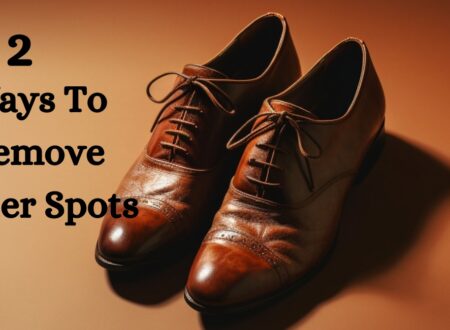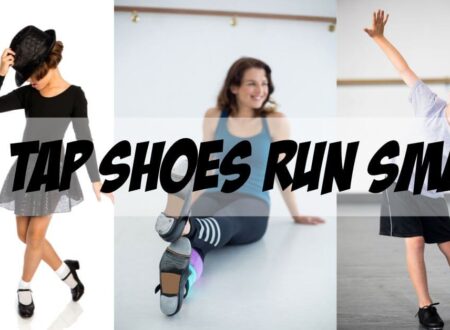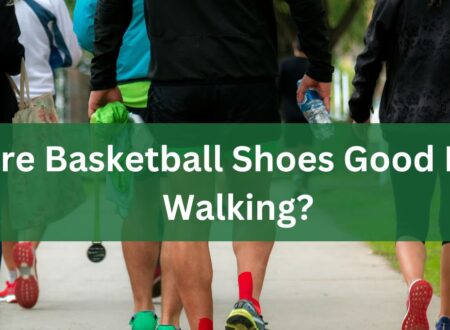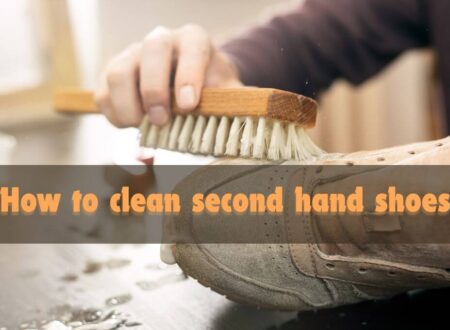Foot pain chart. What is it and what help can this chart do?
A foot pain diagram is a picture that shows various parts of the foot and ankle labelled and colour-coded to indicate different kinds of pain. It can help pinpoint where the pain is coming from so doctors know what to look for when diagnosing conditions or planning treatments.
Did you know that foot pain affects one in four people during their lifetime?
Trust me, it can be tough. I remember one day when I was walking and all of a sudden; my heel started throbbing with sharp pain. I couldn’t walk without limping, and this frustrated me.
It turned out to be plantar fasciitis. The pain was excruciating and made even small tasks difficult to complete or enjoy doing at all, for that matter!
If you have ever had any footage before, then nothing needs explaining; they just disrupt everything, don’t they?
So try to figure out what causes each type so as not to let them ruin our lives too much.
Foot Pain Chart
Some of you may know what a foot pain chart is and how it works. They can be considered as maps for the feet.

Figure – 1 Foot Pain Chart
These charts are vital as they enable us to pinpoint the exact causes of our foot pains. Just visualize having a map that indicates where your foot hurts most – this is exactly what a foot pain chart does.
They use colours, numbers, or symbols to identify which part of your foot is in pain. It’s practically an image representation showing discomfort areas within your feet.
When you see such visual representations, it becomes much easier to figure out where problems lie. This will help you talk with your doctor about what hurts on your feet more easily.
Types of Foot Pains – Common Foot Conditions
Dealing with Plantar Fasciitis
Has stabbing pain ever hit your heel? That could be plantar fasciitis. It feels like a sharp poke, especially when you get up in the morning.
This condition occurs when the tissue on the bottom of your foot becomes inflamed.
You can also relieve it by wearing supportive footwear and performing stretches. In some cases, orthotics or physical therapy may be recommended by your doctor.
Understanding Bunions: Those Bumps on Your Feet
Did you ever see a hard lump appear at the joint of your big toe? That’s a bunion. It can make walking very painful for some people.
The skin over it might be red and sore, too — sometimes because of tight shoes.
Surgery is an option if there’s intense pain; however, most individuals find relief by simply wearing broader and more comfortable shoes.
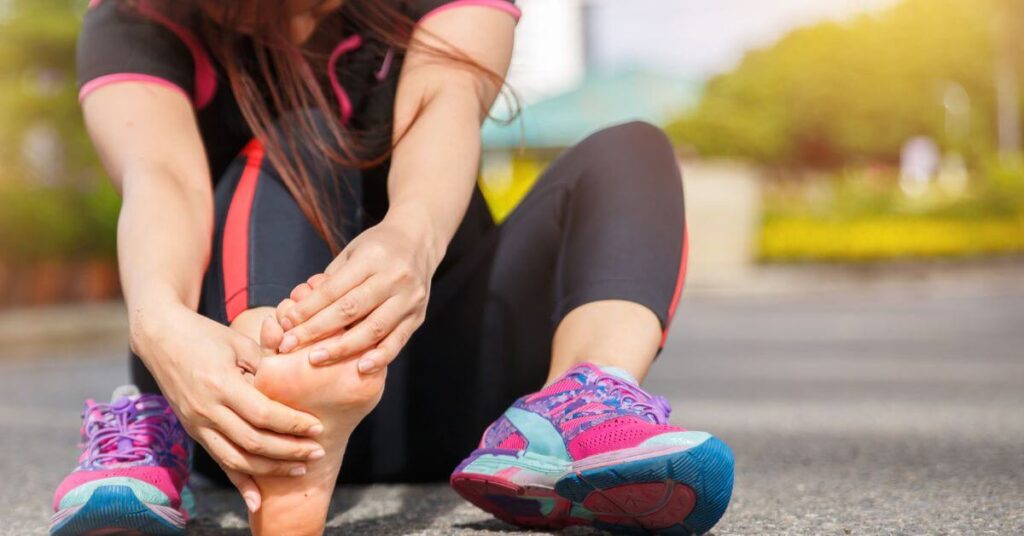
Figure 2 – Types of Foot Pains Common Foot Conditions
Coping with Osteoarthritis in Your Feet
Osteoarthritis can really cause problems for joints—literally! When it strikes one’s feet, every stride seems difficult; the joints of the feet become swollen and inflexible or even squeaky like an old door hinge.
Losing weight alone as well as changing shoe types to those that provide better support are some simple ways to alleviate this problem.
A variety of treatments, such as pain-relieving drugs prescribed by doctors after diagnosis, along with physical therapy sessions, might also help.
Other Foot Ailments
Rheumatoid Arthritis: Affecting Your Joints
The joints of the feet, often called rheumatoid arthritis, can be painful. Pain, swelling, and stiffness are some of its symptoms.
It occurs when your immune system mistakenly attacks the lining of your joints. Swimming can help relieve this discomfort by exercising with medications such as methotrexate.
Neuropathy: Nerve Troubles in Your Feet
Tingling or burning sensations may indicate neuropathy caused by nerve problems in the feet. The nerves might have been affected by a condition like diabetes or vitamin deficiency.
You can manage it through pain relief drugs such as gabapentin while treating the underlying causes.
Morton’s Neuroma: A Painful Nerve Condition
A stabbing, burning pain is felt in Morton’s neuroma, which affects the ball of one’s foot. This happens when tissue around a nerve leading to a toe becomes thickened.
Wide shoes will give relief, but if not, corticosteroid injections or surgery could be required together with orthotic inserts.
Gout: Sudden and Severe Joint Pain
Sudden and severe pain with redness and swelling often occurs in gout, affecting one’s big toe joint; these indications are usually unmistakable signs of a gout attack, among others too numerous to mention here.
Uric acid crystals forming within joints are responsible for this condition. Therefore, reducing alcohol intake coupled with medications like allopurinol, among other dietary changes, may help prevent its occurrence again.
Achilles Tendinitis: Affecting Your Heel
The Achilles tendon at the back part of your heel could become painful and stiff due to Achilles tendinitis which is an inflammation caused by overuse injury often associated with running or jumping activities.
Resting may relieve this condition but exercising calf muscles also strengthens them thus promoting a quicker healing process especially when combined with ice treatment.
Stress Fractures: Overuse Injury in Your Feet
Running could lead to stress fractures in the metatarsal bones of feet, which are usually caused by overtraining.
If you feel this, take rest before gradually returning to normal activities once fully recovered, e.g., a runner may develop such injuries.
Understanding Specific Foot Pain Locations
Heel Pain
Consider when your heels hurt most; when does the pain peak? In the morning or after any physical activity? These could be indications of plantar fasciitis or Achilles tendinitis. Also, pay attention to where it hurts.
Typically, plantar fasciitis causes pain on the bottom of the heel, and Achilles tendinitis causes pain in the back of the heel.
Knowing these details can help determine how best to treat it — whether that means doing stretching exercises, wearing orthotic shoe inserts, or getting physical therapy.
Arch Pain
If you have arch pain, think about what kind of feet you have. Do they look flat, or do they have fallen arches? This can strain your arches, too. Also, consider what shoes you wear and activities you do; high-impact sports or standing for long periods can worsen arch pain.
Thinking through these things may lead to helpful interventions like arch supports, orthotic shoe inserts, or changing footwear altogether.
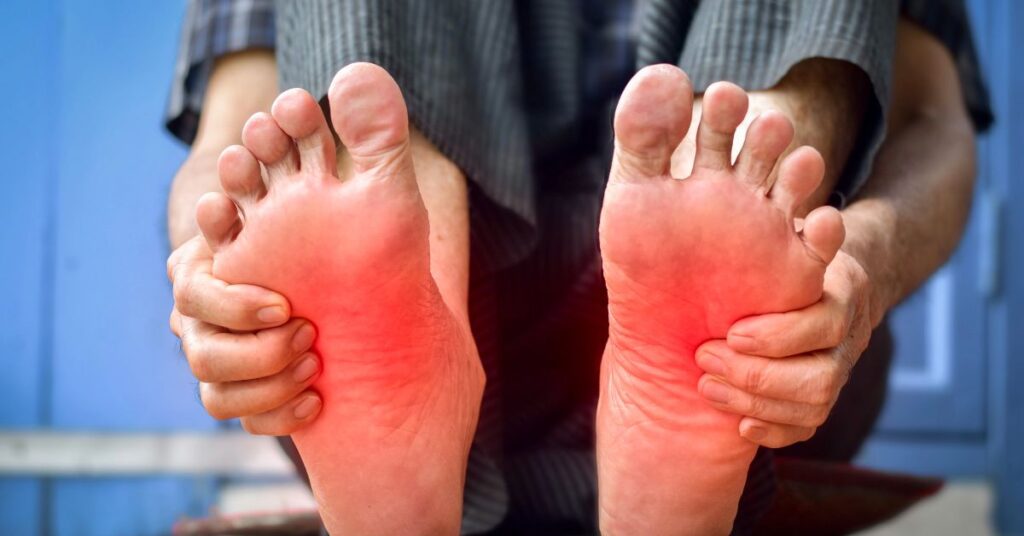
Figure 3 – Understanding Specific Foot Pain Locations
Ball of the Foot Pain
The ball of your foot may hurt because of conditions such as Morton’s neuroma, metatarsalgia, or sesamoiditis.
Look at what kind of shoes you wear — high heels or tight shoes put more pressure on this area and cause discomfort.
Also consider your activities: certain sports can strain these bones through repetitive movements, which leads to pain there as well.
Taking note of these factors will help inform appropriate treatments like modifying one’s shoes; and using special pads. Performing specific exercises designed specifically to strengthen muscles within one’s feet etcetera.
Toe Pain
Think about which toe is bothering you if you are experiencing toe aches. Is it swollen, red, or misshapen?
Gout often causes sudden intense pains with swelling mostly around big toes while bunions cause painfulness together with observable bumps found at bases close beside big toes.
Understanding such symptoms would enable the identification of underlying causes, hence finding correct remedies.
For example, I am taking gout medicine, changing footwear in case of bunions, or seeking professional help due to ingrown toenails.
Comprehensive List of Foot and Ankle Ailments
Problems on the outer foot
- Bunions: These are bony lumps at the base of the big toe, and they usually come with redness, swelling, and pain.
- Hammertoes: This happens when toes contract downwards, causing pain or corns.
Problems on the outer ankle
- Lateral ankle sprain: After hurting your ankle, you may notice swelling, bruise, and pain along its outer side.
Back of heel pains
- Achilles tendinitis: This causes stiffness and pain at the back of the heel due to overuse when engaging in physical activities most of the time.
Problems on the inner ankle
- Medial ankle sprain: When you twist or injure your foot, expect to see swelling, tenderness, and an unstable feeling around its inner part.
Problems on the inner heel and midfoot
- Plantar fasciitis: You will experience sharp pains either on your arches or heels, especially after standing for long hours or early morning while waking up.
Conditions found in front-of-foot inner region
- Morton’s neuroma: If there is tingling, burning, or a sharp sensation between the fourth toes, counting from outside toward inside. It could be Morton’s neuroma occurring in the ball area of the feet.
Front of ankle conditions
- Anterior ankle impingement: There may be pain felt near the front part of the ankles when bending them upwards too much.
- Joint movement shall also become limited during this time due to swollen tissues around there, sometimes making it difficult for one to walk properly without support such as crutches, etcetera.
What’s Causing Your Foot Pain?
Blame it on the shoes: wrong footwear.
If you wear shoes that do not offer sufficient support or are too tight for your feet, you may put them under pressure, causing bunions and plantar fasciitis, among other ailments.
For instance, wearing high heels can always strain your foot’s arch, hence leading to plantar fasciitis.
Injuries hurt more than just your feet.
Injuries such as ankle sprains or fractures could result in ongoing pains in one’s foot.
The bones may be damaged by the impact from a fall or twist, thus hurting ligaments and tendons, which may cause discomfort for a long time after healing has taken place.
For example, during running, a misstep might lead to an ankle sprain, thereby causing continuous pain in the foot.
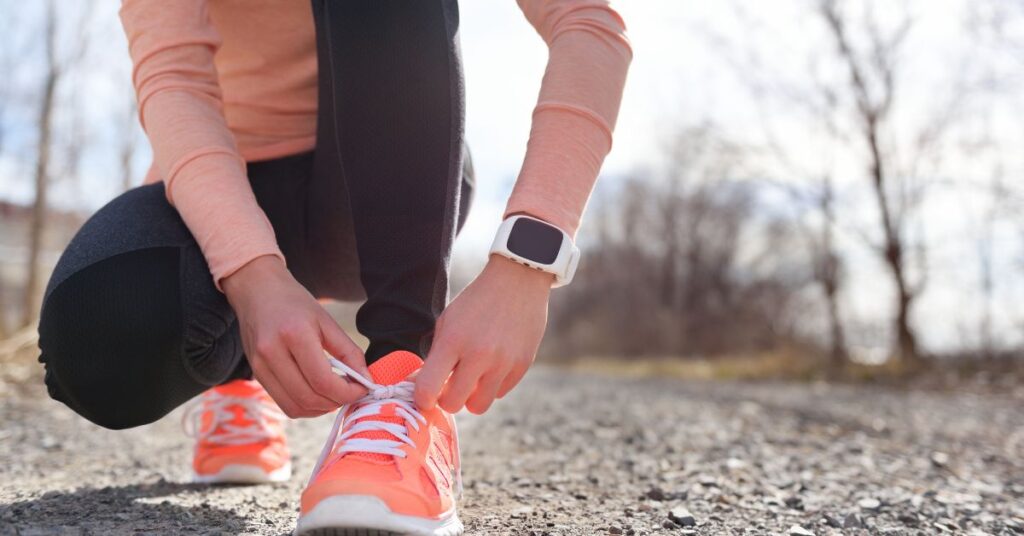
Figure 4 – Wrong shoe can cause foot pain
Underlying health conditions: when your whole body feels it
Some health problems like diabetes and arthritis can affect nerves causing inflammation as well as joint aches within feet region due to poor blood circulation.
Uncontrolled diabetes, for instance, damages nerves, resulting in neuropathic foot pain.
Wear and tear: daily activities taking tolls.
Repetitive stress caused by engaging in high-impact sports or standing for long hours every day can lead to tissue breakdown. As a result of this can lead to stress fractures and plantar fasciitis among other diseases of the feet.
Working many hours while standing, such as those done by waitresses, might bring about this condition. This happens because gravity is always pulling your leg downward.
Lifestyle choices impact your habits.
Foot pain may also be attributed to choices we make, like excessive weight gain, smoking cigarettes, malnutrition, etc.
When someone gains excess weight, their feet bear too much pressure.
Smoking reduces blood flow to the legs, delaying healing and making infections more likely, including severe ulcers that can penetrate deep into the skin, even reaching the bone.
Easing Your Foot Pain
Personalized Orthotic Devices
Custom orthotics are uniquely made to fit and support your feet by correcting foot misalignment that causes pain.
Such devices help with various conditions, including plantar fasciitis and bunions. For example, for individuals suffering from plantar fasciitis, additional arch support brought about by orthotic arch supports can alleviate the pain.
Types of Orthotic Devices: The Perfect Match
Different types of orthotics are required for various foot problems; these include insoles, arch supports, or heel cups.
Arch supports work well for people with flat feet while cushioned insoles benefit those having high arches. Rigid orthotics are best suited for controlling motion in cases like shin splints whereas soft ones offer extra padding for conditions such as diabetic foot ulcers.
Massage therapy and Reflexology
Improving blood flow and relaxing muscles, massage, and Reflexology can relieve discomfort in the feet.
In Reflexology, certain points of the feet, which are believed to correspond with other parts of our body when pressure is applied to them, lead to overall relaxation, thus relieving pains elsewhere.
Simple self-massage techniques, such as rolling a tennis ball under your foot, might be all it takes to loosen up tight muscles and relieve tension.
Foot Pain Chart FAQs
Q: What is a foot pain chart?
A visual representation that locates areas of pain or discomfort on the foot by means of an image of a foot with parts labelled and colour-coded that correspondingly show different sorts of aching feet.
Q: How can a foot pain chart help?
It enables healthcare providers to diagnose, treat, and document various types and levels of foot pains, leading to more accurate diagnoses and appropriate treatments.
Q: What types of foot pain can a foot pain chart help with?
It helps make sense of many different forms of hurting feet including plantar fasciitis, Achilles tendinitis, metatarsalgia, stress fractures, arthritis, gout, and neuropathy. This chart helps by showing where they are located concerning other areas as well as indicating how severe they may be.
Q: How is a foot pain chart used to diagnose foot conditions?
Health professionals use this tool by comparing numbers found on diagrams representing feet with numbers connected to particular conditions affecting those parts.
As a result, professionals identify them easily without much struggle and then evaluate their impact on ankles specifically but not exclusively.
Q: Are there prevention tips associated with foot pain chart usage?
Yes – apart from offering relief for present symptoms, this method can also teach people about preventive measures like wearing appropriate shoes, keeping weight down through exercise, etc.
Doing stretches regularly and seeking early medical care whenever one has continuous pain in any part(s) of the lower limbs to stop occurrence or lessen the severity.
Final Words
So, here is a detailed guide to the foot pain chart. As I do exercises and run, I have to think about my foot. That encouraged me to provide this article so that people like me get an idea about their foot condition.
But remember, don’t take any online advice too seriously. These are basics that can help you understand the situation. I highly suggest you meet a doctor if you are having excessive pain in your feet.

, your friendly shoe expert and fitness fan.



